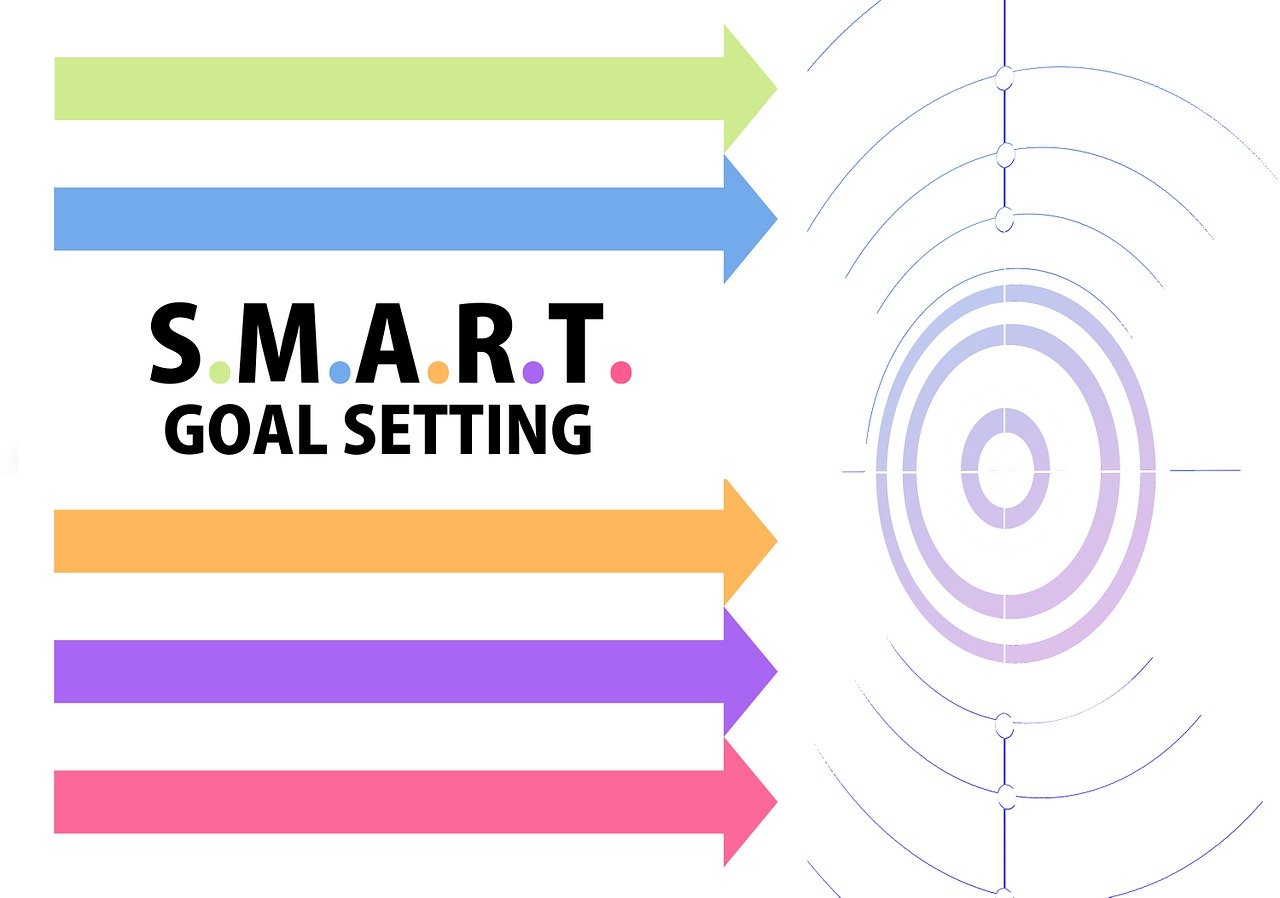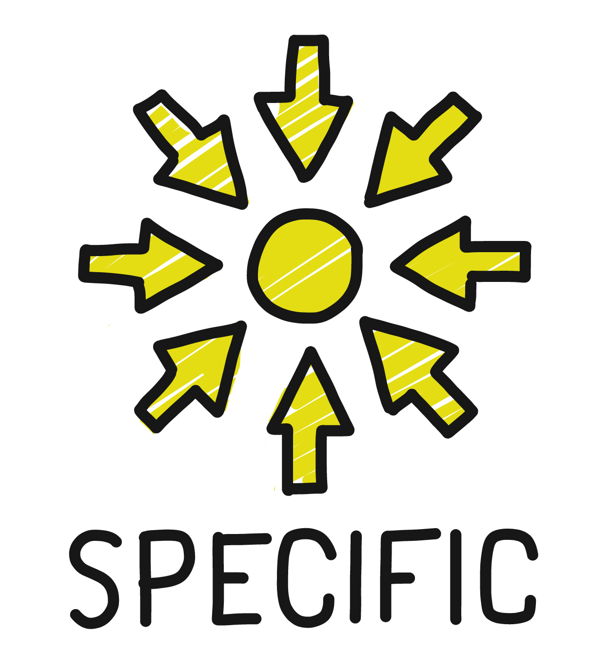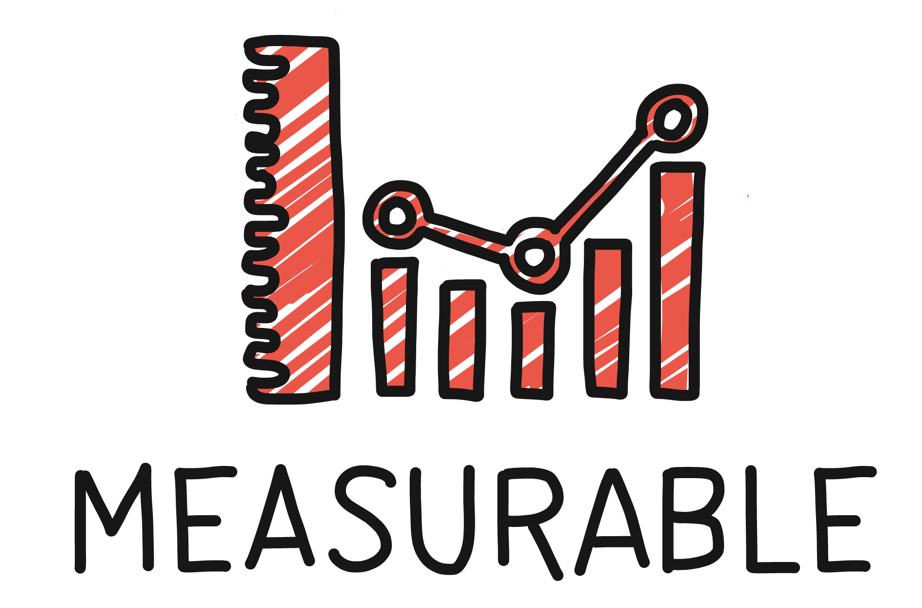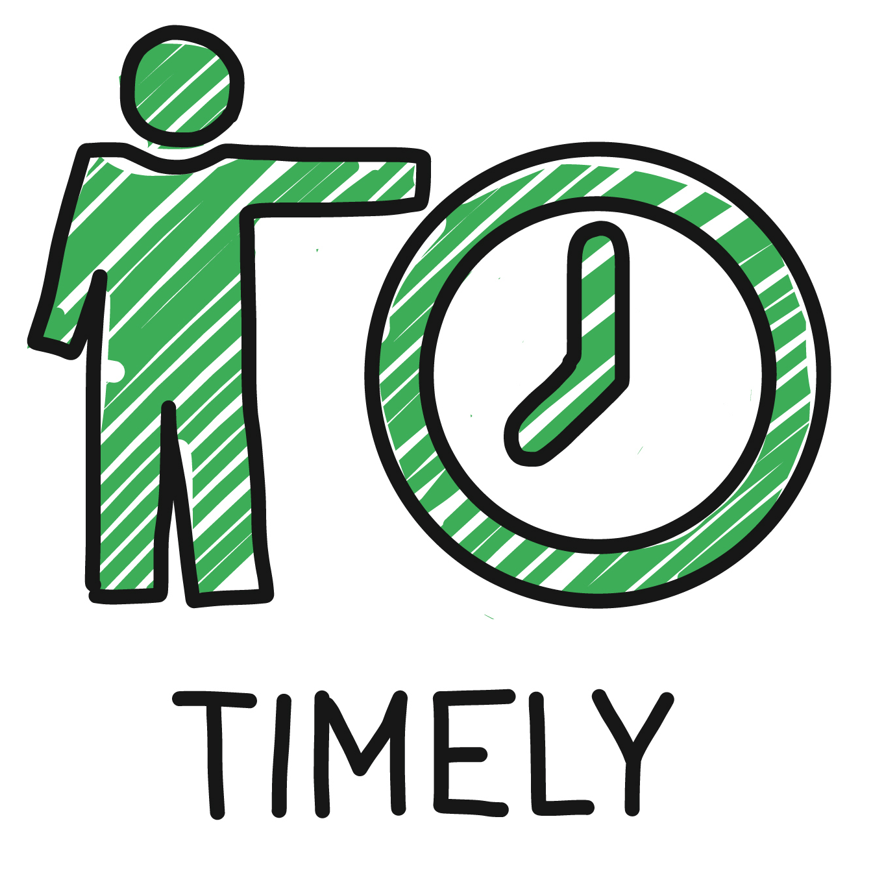- Home
- 7 Steps of Goal Setting
- How to Set SMART Goals with Examples
how to set SMART goals with examples
Meet Sam. Sam is a product manager at Innovatech Solutions. Sam is responsible for increasing the usage of Innovatech’s mobile application at this mid-sized tech company. Sam knows he needs to have his team focused, with all ‘hands on deck’. Previously, when Sam set team-wide objectives, they often lost momentum. This is because the team lacked a clear vision of success, didn’t track progress with enough detail, and eventually, the crucial goal was sidelined and forgotten. This time, Sam is determined to learn how to set SMART goals to create a detailed action plan and ensure the team stays focused and on track.

How to Set SMART Goals
Luckily there is a scientific formula for setting and achieving your goals – setting SMART Goals.
SMART Goals stand for goals that are Specific, Measurable, Achievable, Relevant, and Time-Bound.
Let’s use Sam’s objective to work through each component.
S: Specific

Locke’s goal setting theory says that you maximize your chances of goal-setting success if you set specific goals that focus your attention and energy on what you need to do to achieve your goals. To be specific you need to answer questions like:
- Who needs to be involved to achieve the goal? This is particularly important in you are working on a group project, such as what Sam is doing
- What are you trying to accomplish?
- What steps need to be taken to achieve the goal?
By answering these questions you clarify what your goal is. Here’s an example of a specific goal for Sam:
Specific
Increase the average daily active users on the mobile app by implementing new features and running targeted marketing campaigns. This requires the involvement of software development, design, and marketing.
M: Measurable

If you can't measure your goal, it is hard to track progress and know if you have achieved milestones. Measurable goals provide benchmarks that, when reached, give you the satisfaction of achievement.
Why is this important?
Well, when you see progress and achieve milestones this boosts to your confidence and spurs you on to greater effort. Some questions to consider are:
- What analytic tools can Sam use to measure the number of daily active users
- What engagement metrics such as session length, frequency, and feature adoption rates are going to be measured and tracked.
If it’s a project that’s going to take a few months to complete, then set some milestones by considering specific tasks to accomplish. For example Sam might set monthly milestones to ensure progress is on track (e.g., 5% increase in daily average users per month).
To make the SMART goal more impactful, Sam needs to have specific benchmarks that he can track against.
Measurable
Achieve a 20% increase in daily active users within the next six months.
A: Achievable

Is the goal that you are setting achievable? Consider asking the following questions:
- How are you going to accomplish your goals?
- What steps do I need to take?
- What resources do I need to achieve each of these steps?
- How often do I need to review progress and address challenges?
When you answer these questions, you gain clarity on what is required to achieve the goal.
Achievable
The departments involved (e.g. software, design and marketing departments) have signed off on creating the mobile app. I will manage the project and set milestones to keep the team motivated and on target.
R: Relevant

Relevance is an important step in how to set SMART Goals, because it refers to whether the goal you set makes sense. They might be personal goals that align with where you want to go personally, or business goals that make sense in the broader business.
Consider the following questions:
- Does the goal align with your values?
- Do the goals fit the broader business context?
- Is there a goal conflict?
Relevant
Improving user engagement on mobile devices is a core initiative of improving the customer experience and overall retention. This is a main goal of the company this year.
T: Time bound

When you set a deadline to achieve your goals you create a sense of urgency to take action today. If the goal will take 6 months to complete then you should define what should be achieved in the first month, halfway, and towards the end of the project.
Time bound
Complete this goal by the end of this financial year.
- January-February: Conduct user surveys and feedback sessions.
- March-April: Develop and integrate new features.
- May-June: Launch and monitor the marketing campaign.
- July: Evaluate the results and make necessary adjustments to sustain engagement.
Conclusion
SMART goals provide a clear roadmap for success, turning vague aspirations into concrete, actionable plans. In the example, SMART Goals have given Sam the tools to transform his approach to project management, ensuring that his team remains focused and driven.
Whether you’re a student balancing coursework or an employee navigating changing project requirements, the principles of SMART goals can help you stay on track and achieve your objectives. Here are specific articles on:
- SMART Goals for Time Management (with examples)
- SMART Goal Examples for Business
- What are Some SMART Goals (with 10 Examples in the personal and work domain)
Downloadable Fillable PDF Template: To make the process even easier, we’ve created a downloadable fillable PDF template that you can use to set your SMART goals.
References
Cothran, H. M., & Wysocki, A. F. (2005). Developing SMART Goals for Your Organization: FE577/FE577, 11/2005. EDIS, 2005(14).
Rubin, R. S. (2002). Will the real SMART goals please stand up. The Industrial-Organizational Psychologist, 39(4), 26-27.
New! Comments
Have your say about what you just read! Leave me a comment in the box below.